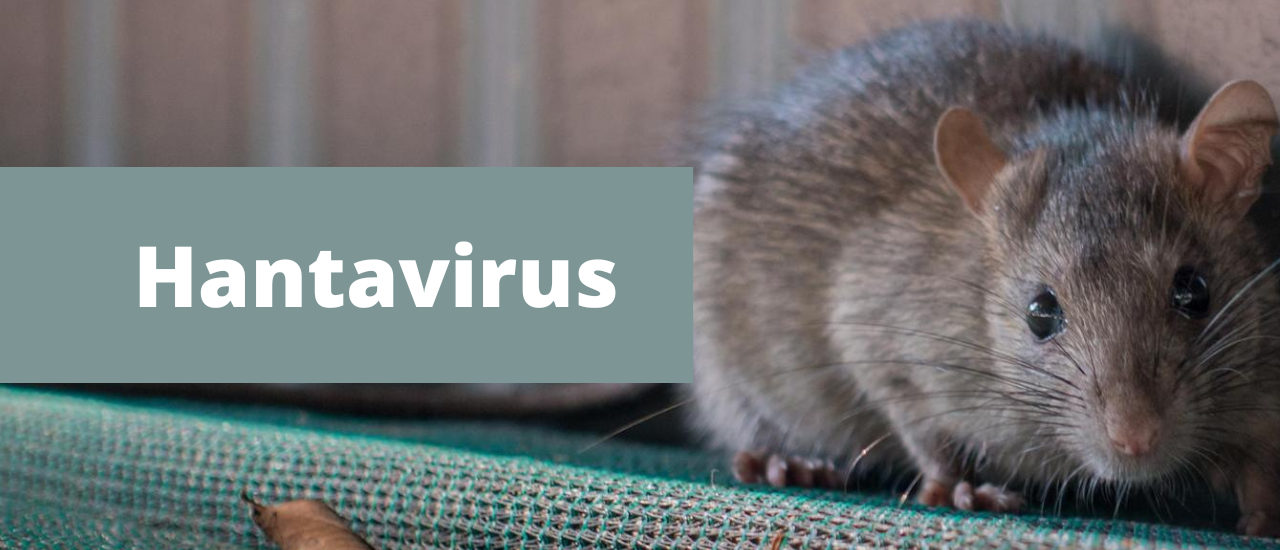


There are numerous Hantavirus strains that can cause Hantavirus illness. An uncommon infectious condition called Hantavirus pulmonary syndrome manifests initially as flu-like symptoms before quickly worsening. It may result in heart and lung conditions that are fatal. In various regions of the world, Hantaviruses are discovered in wild animals including mice and rats. Humans can contract Hantaviruses through mouse and rats’ dried feces, urine, or spit. The illness starts off as a flu-like illness with fever, chills, and pains in the muscles, but it can quickly develop into a state that is life-threatening and accompanied by respiratory failure as the lungs fill with fluid. Workers in infected buildings and those who work with animals in laboratories are more susceptible to this illness, especially when cleaning up dust.
Hantavirus symptoms can start to show up as early as one week or as late as eight weeks. The main symptom of Hantavirus infection is difficulty breathing, which is brought on by fluid accumulation in the lungs and quickly escalates to breathing problems. Sometimes those who are infected pass away from shock or respiratory failure. Additionally, reports of minor diseases without a hospital stay have been made. The flu, often known as influenza, is a viral respiratory illness.
A category of viruses known as Hantaviruses can seriously illen humans. An individual may contract a Hantavirus if they:
Exposure to inadequately ventilated dwelling quarters with active rat infestations poses the greatest risk for illness. The West’s rural areas are where Hantavirus pulmonary sickness is most prevalent. However, any contact with rodent habitats can raise your chance of contracting a disease. Typical locations for rodent nests, urine, and droppings are as follows:
Hantavirus infection in humans results in the severe, occasionally fatal respiratory condition known as Hantavirus pulmonary syndrome (HPS). Anyone who has interaction with rats that are Hantavirus carriers is susceptible to HPS. The main source of Hantavirus exposure continues to be rodent infestation in and around the home. When people inhale or come into touch with contaminated rodent droppings, urine, or saliva, they become unwell. HPS advances rapidly. It might endanger life. A class of viruses known as Hantaviruses are the cause of Hantavirus. Mouse and rats are the main reasons that spread hantavirus infection. Most often, HPS is contracted by breathing virus-infected mouse dropping particles. The deer mouse is the species that transmits HPS the most. Additionally, individuals can contract the HPS virus if they:
Early signs of the deadly disease HFRS match those of HPS. Although it might take up to 8 weeks for symptoms to manifest. Early flu-like symptoms can occur and linger for one to seven days Reliable Source. After that, more severe symptoms may start to appear. These consist of:
The virus can be found in the saliva, feces, or urine of rodents. Following are some ways that you could come into contact with the virus:
Keep your distance from any urine or feces from rodents. Never handle live or dead rodents. Keep rodents, burrows, and nests undisturbed. A home disinfection solution, such as detergent and 112 cups of bleach for each gallon of water, should be used to completely wet down the used trap, box, or newspaper, along with the rat, before being put in plastic bags for disposal. When cleaning, wear disposable gloves, and after cleaning is finished, wash your hands with soap and water.
Chicken Pox Blisters: Major Signs, Causes & Risk Elements
7 Major Causes, Symptoms & Types Of Melasma On Face
Hay Fever: Major Symptoms, Causes & 5 Important Treatments
Malaria: Major Symptoms, Causes & Risk Factors
Let’s Talk About The Causes, Symptoms And Different Types Of Liver Inflammation